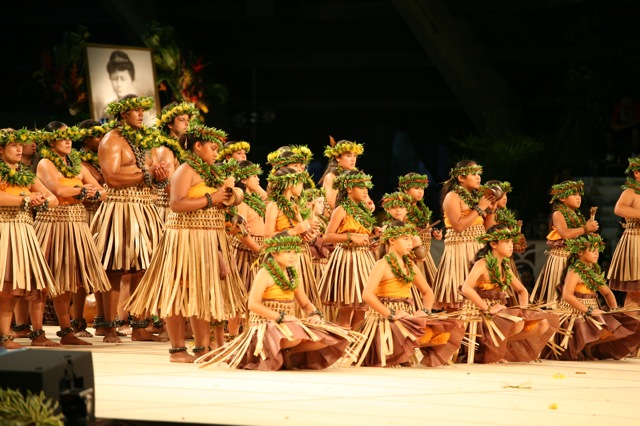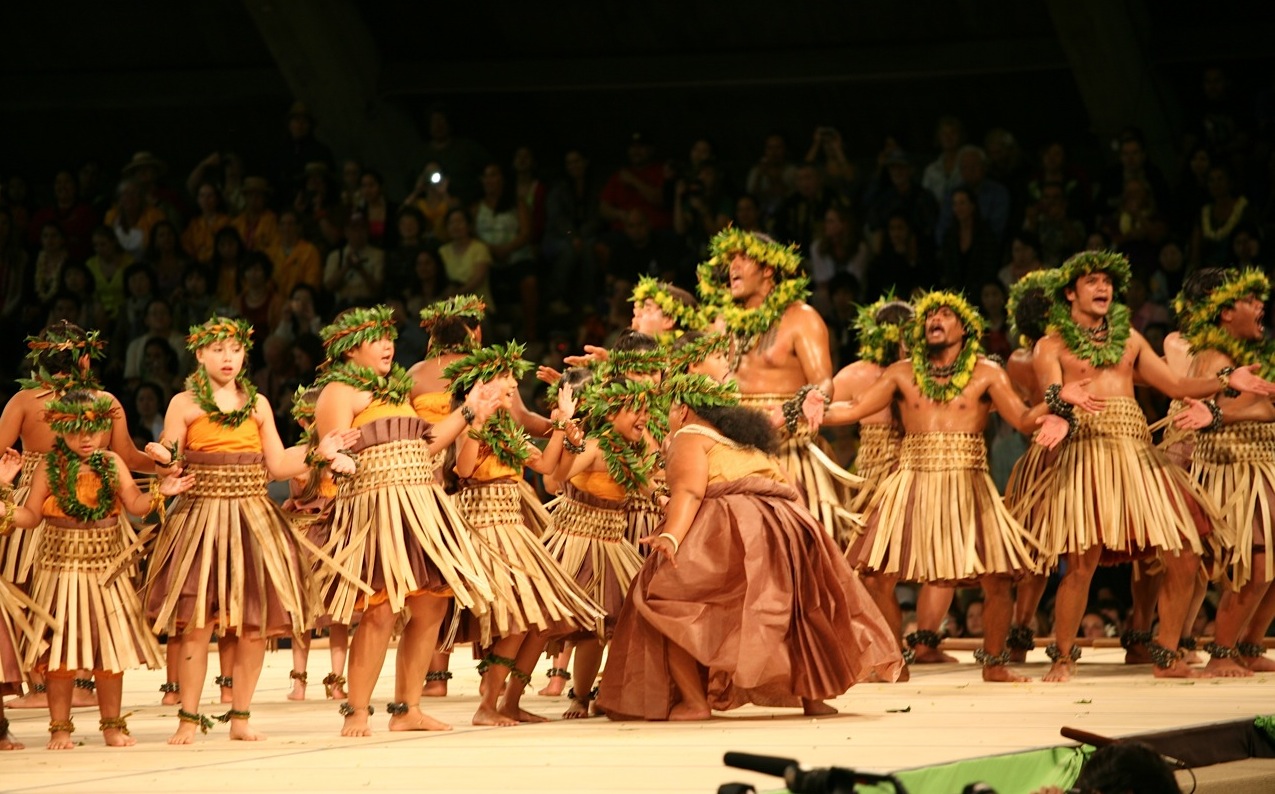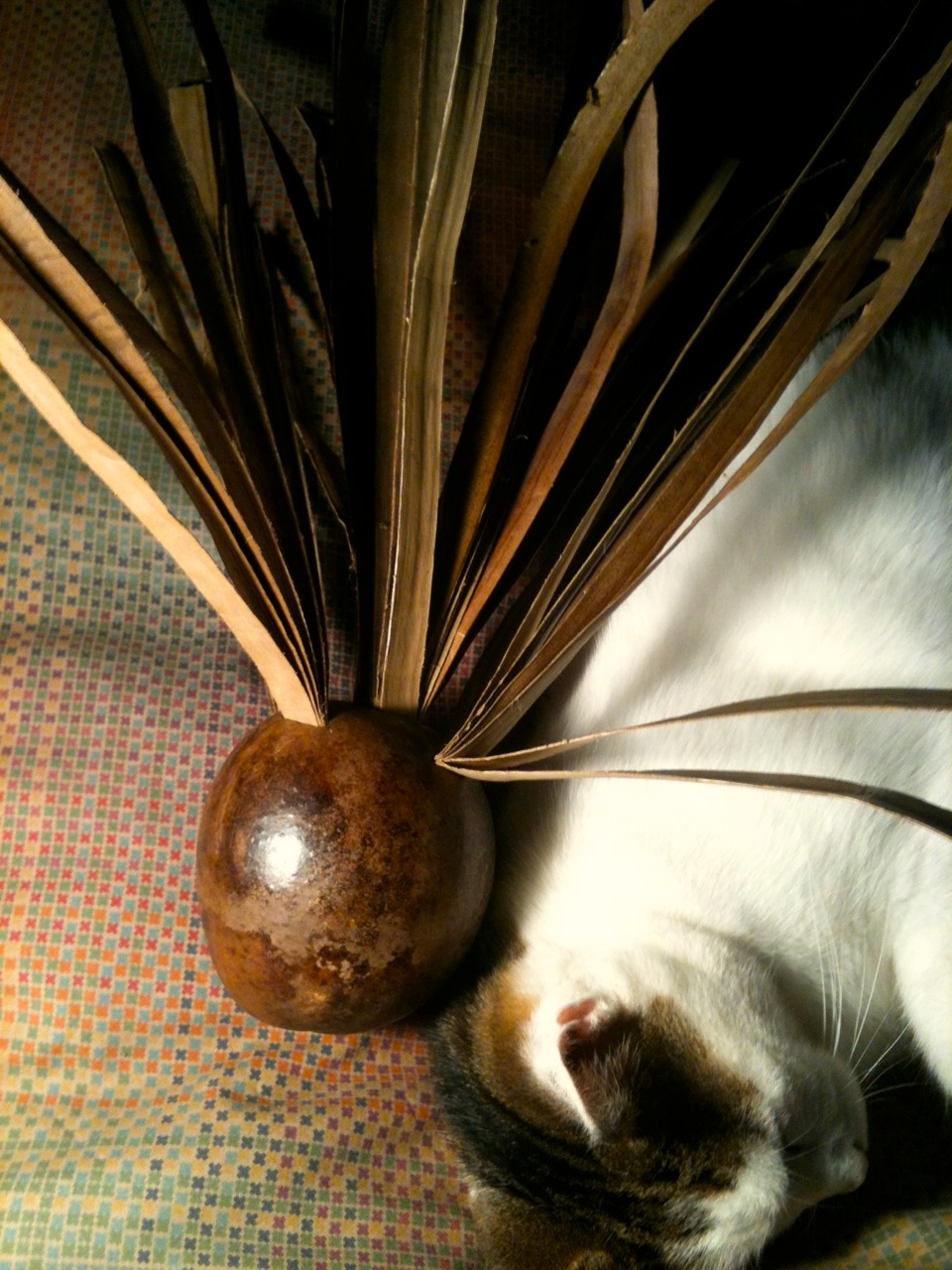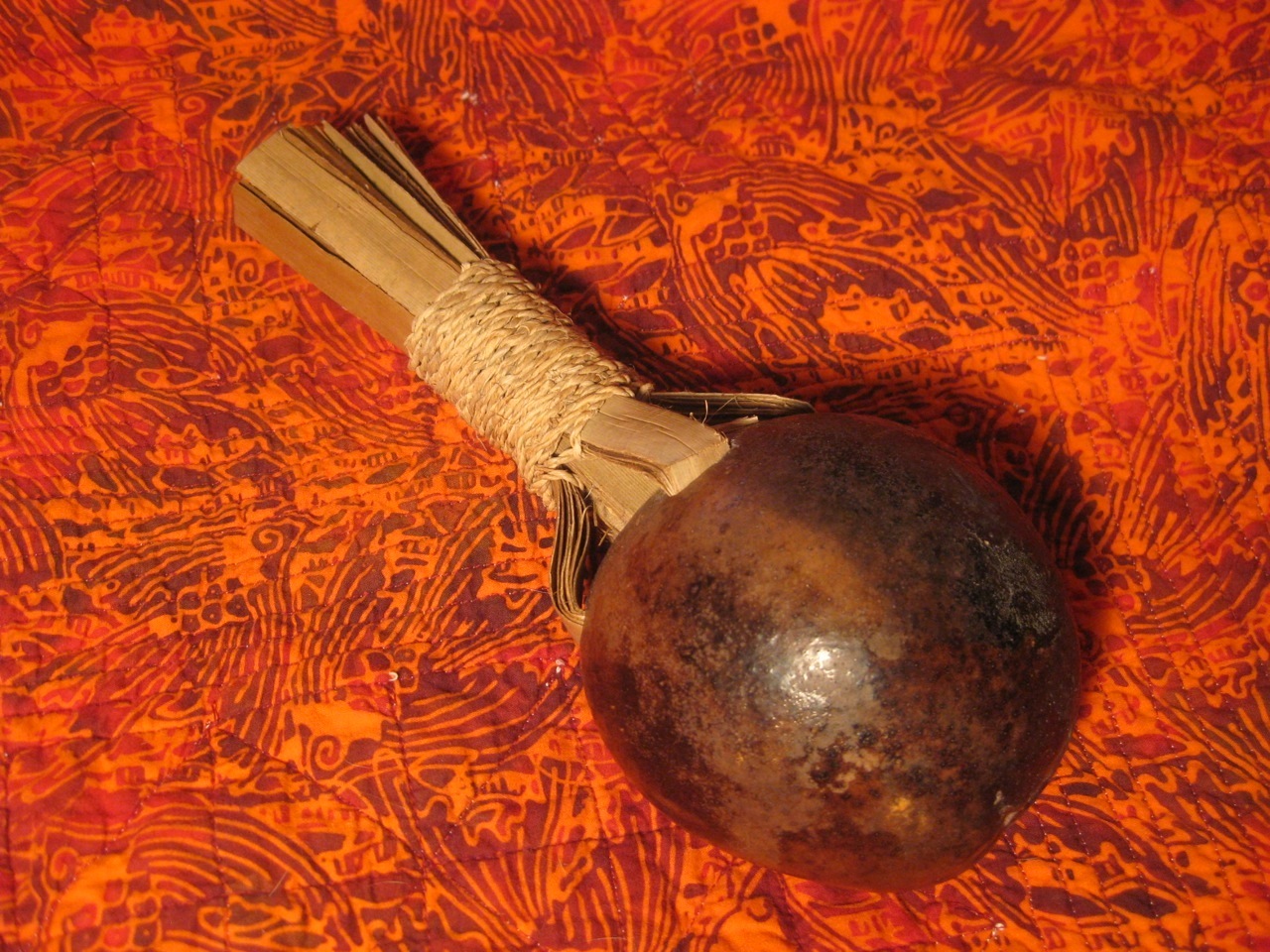By Leslie Lang
Rick Blangiardi was keynote speaker at a Hawai‘i Island Economic Development Board meeting on Wednesday. He spoke about how today’s (and yesterday’s, and tomorrow’s) rapidly changing technology is changing the news business. It was interesting to hear an overview of how much TV has changed, and how quickly, and why.
Blangiardi worked in media for decades, both here in Hawai‘i (he started with KGMB back in 1977) and on the mainland—where, among several other positions, he was president of the Spanish-language television network Telemundo. Now he’s back in Hawai‘i, where he first moved in 1965 and where he said his heart has been ever since.
In 2009, he took over as general manager of Hawaii News Now (HNN), a new concept in television here:
Hawaii News Now is the name of the news department shared by three television stations in Honolulu, Hawaii: CBS affiliate KGMB (channel 5), MyNetworkTV affiliate KFVE (channel 9) and NBC affiliate KHNL (channel 13). The newscasts are produced by Raycom Media, which owns KGMB and KHNL and operates KFVE (owned by MCG Capital Corporation) through a shared services agreement. – Wikipedia
Remember how every evening there used to be an announcement, like, “Tonight’s 10 o’clock news will start at ten minutes after 10”? Programming wasn’t the same as on the mainland, he said, “and we didn’t follow any of the rules.”
Not only did Hawai‘i have to wait for its copies of mainland programs to physically arrive by boat (isn’t that amazing to think about now!), but many people were not able to see television broadcasts at all, because the island’s topography caused poor reception in some areas. There was no cable distribution, and it was a wholly different ballgame.
In 1989, computer technology came to television, and that’s when it became possible to measure the television watching audience here. Hawai‘i became part of the national television index, and television stations here were asked to clean up their act and start their programs on time. That’s when the 10:00 news started airing at 10.
In the last four to five years, he said, changes have been unprecedenced. The collapse of the state’s economy in 2008 “brought all of us to our knees,” he said. Even before that, stations had been struggling for advertising dollars. The advertising marketplace had changed and it was hard to support the four local news operations Honolulu had at the time.
In 2007, a group of investors bought the highly-competitive-with-each-other television stations. There was a lot of scrutiny about the deal, he said, but they carefully vetted everything through lawyers and FCC regulations before announcing the consolidation of stations. The stations became Hawaii News Now, and it created an incredible opportunity.
Their plan was to combine resources and provide something Hawai‘i had never seen before. Using these extensive resources, and the ability to hire the best people, they commited to producing what’s now 40.5 news hours per week and became a 24-hour news operation.
Technology has opened up a whole new perspective. Now, he said, people go to the computer and expect news around the clock. For instance, during a recent period of huge surf on O‘ahu, HNN had 10 million page views on mobile platforms in a week, and another 2.5 million on the web.
Two hundred and seventeen thousand people like Hawaii News Now on Facebook. “If they ‘like’ you, they’re inviting you in,” he said. “You’re part of the family. It’s like when the kids go to college; we hear about it. It’s all unprecedented. The readers can reach in and touch us. Everybody has some kind of device in their hand and people expect to be able to communicate like that now. (HNN Reporter) Mileka Lincoln, she’s a rock star! It’s a whole different dynamic.”
The other huge change, he said, is that they no longer only broadcast over the air. The technology they use to distribute their programs is pretty sophisticated and wide-ranging now—methods I imagine no one dreamed of back when he started in television.
What especially seemed to resonate with the group of HIEDB forward-lookers is when he said that every plan and every decision they make is done with an eye toward the future. He said it’s taken him four years to get the staffing at HNN just right, and now he feels very good about the people working there and how they are moving Hawaii News Now toward a still-changing future. He’s also glad they’ve been able to bring talented people back home from the mainland, where they moved to pursue careers, and give them good jobs here—like the aforementioned Mileka Lincoln.
“Hawai‘i is more sophisticated than many other places when it comes to wired technology,” he said. “We’ve really evolved into a 21st-century electronic company.” HNN is a statewide television organization and tries to be inclusive of the neighbor islands; he points out that the morning program Sunrise is going on the road 15 times this year. When they come to the Big Island each spring to cover Merrie Monarch, he said, they actually put their expensive truck filled with very high technology equipment on the barge and bring it with them—but even that technology is changing now.
Technology has always driven the television business, he said, but never to the extent things are changing today as we continue to careen into the Digital Age. He said that he’s always asking his staff: “Where are the new ideas? What are we going to do that’s new and different? What are we doing right now, at the end of February, that’s different from what we did a year ago?”
Richard Ha said later that this is a question people in every industry, who understand all the changes we are going through right now, should be asking themselves.
He told me he was interested in how Rick used his iPhone to illustrate how dramatically things had changed in the last four or five years. Handheld mobile devices made it possible for people to report things instantaneously—just click and send. And then people wanted to receive their news the same way; on their handhelds.
“It was an unprecedented change, and HNN challenged themselves by thinking outside of the box,” said Richard. “We are constantly challenging ourselves, too, by asking how we can stay relevant to a rapidly changing tomorrow.”




